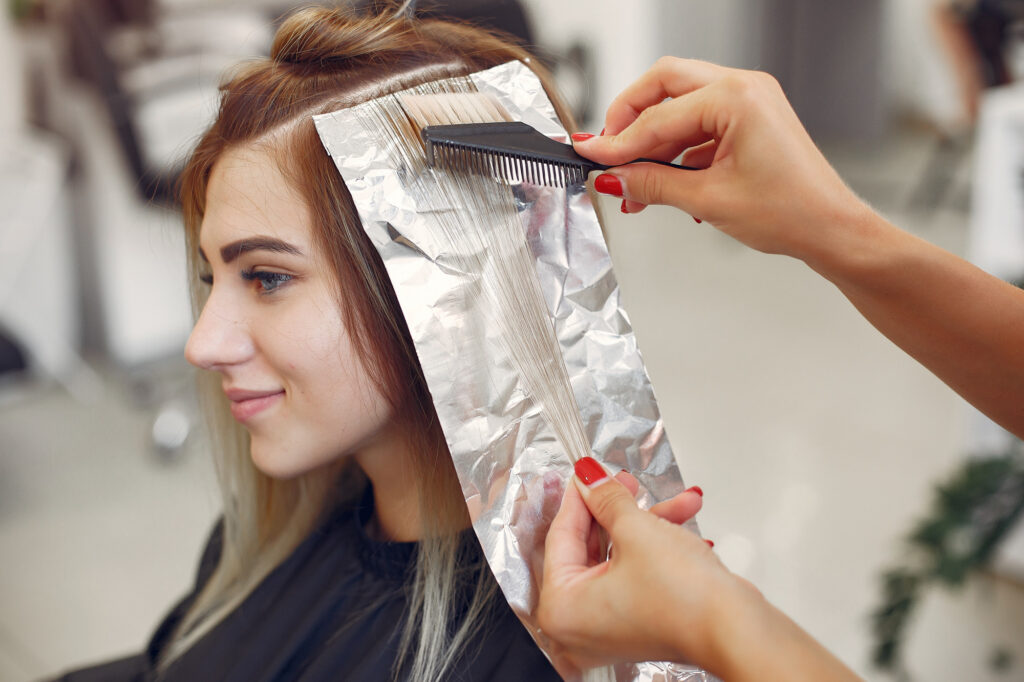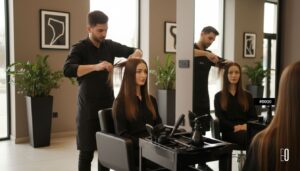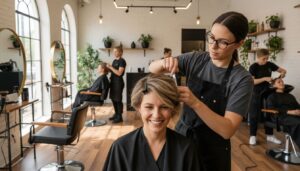Long hair needs more than just a regular shampoo and quick brush. Think about this. Research shows that as hair grows longer, the risk of breakage and damage increases exponentially compared to shorter cuts. Most people believe caring for long hair is just about extra conditioner or fewer haircuts, but real long hair health is all about understanding the science behind each strand and using strategies built for your unique hair type.
Table of Contents
- What Is Caring For Long Hair?
- Why Long Hair Care Matters: Health And Aesthetics
- Fundamental Principles Of Long Hair Care
- Common Challenges In Maintaining Long Hair
- Tailoring Long Hair Care To Your Unique Needs
Quick Summary
| Takeaway | Explanation |
|---|---|
| Understand hair structure for effective care | Recognizing that hair is made of delicate keratin helps in choosing protective strategies against damage. |
| Minimize mechanical stress during styling | Gently handle hair to reduce breakage and preserve its natural strength and integrity. |
| Tailor hair care to individual needs | Individual characteristics like texture and scalp condition dictate the most effective maintenance strategies. |
| Maintain proper hydration and nutrition | Balanced nutrition and hydration are essential for promoting overall hair health and preventing brittleness. |
| Protect hair from environmental stressors | Shielding hair from UV rays and pollution preserves its quality and appearance over time. |
What is Caring for Long Hair?
Caring for long hair transcends simple maintenance and represents a comprehensive approach to preserving hair health, strength, and aesthetic appeal. This intricate process involves understanding the unique characteristics of longer hair strands and implementing specialized strategies to prevent damage and promote optimal hair condition.
Understanding Long Hair Dynamics
Long hair requires more nuanced care compared to shorter hairstyles due to its increased vulnerability to environmental stressors and mechanical stress. As hair grows longer, the older sections become more susceptible to damage, making proactive maintenance critical. According to research from the National Institutes of Health, hair health is directly influenced by multiple factors including:
- Genetic predisposition
- Nutritional intake
- Environmental exposure
- Hair treatment practices
The fundamental goal of caring for long hair is protecting the hair shaft, preventing breakage, and maintaining its natural moisture balance. This requires a holistic approach that considers both internal and external factors affecting hair quality.
Essential Considerations for Long Hair Management
Successful long hair care involves recognizing that each hair strand is a complex structure composed of multiple layers. Cuticle protection becomes paramount, as the outermost layer determines hair’s shine, strength, and resilience. Key aspects of comprehensive long hair care include:
- Minimizing mechanical stress during brushing and styling
- Using protective hair treatments
- Implementing a balanced hair care routine tailored to individual hair type
Long hair demands patience, consistent attention, and a deep understanding of its unique requirements. By adopting a proactive and informed approach to hair maintenance, individuals can achieve healthy, vibrant, and beautiful long hairstyles that reflect proper care and dedication.
Why Long Hair Care Matters: Health and Aesthetics
Long hair represents more than a style choice. It is a complex biological feature that reflects overall health, personal identity, and aesthetic potential.
The following table summarizes the key biological, psychological, and social benefits of maintaining healthy long hair, providing a clear side-by-side comparison.
| Dimension | Benefit Description |
|---|---|
| Biological | Reflects nutritional status, hormonal balance, and metabolic health via hair quality and growth patterns. |
| Psychological | Enhances self-confidence and contributes to a positive self-image. |
| Social | Communicates personal grooming standards and influences social interactions through appearance. |
| Aesthetic | Supports personal style, attractiveness, and the expression of individual identity. |
| Health Indicator | Poor maintenance can signal broader health complications, enabling proactive wellness responses. |
Biological Importance of Hair Care
Hair health extends far beyond surface appearance. According to research from the American Academy of Dermatology, hair serves as a vital indicator of broader physiological conditions. Nutritional status, hormonal balance, and metabolic health directly manifest through hair quality, texture, and growth patterns.
Key biological indicators of hair health include:
- Thickness and density
- Scalp condition
- Hair strand elasticity
- Growth rate and uniformity
Poor hair maintenance can signal underlying health complications, making comprehensive care a proactive approach to personal wellness.
Psychological and Social Dimensions
Beyond physical health, long hair significantly influences psychological and social experiences. Hair represents a powerful form of personal expression, impacting self-perception and social interactions. Healthy, well-maintained long hair can enhance confidence, contribute to positive self-image, and communicate personal style and identity.
The aesthetic and emotional benefits of proper long hair care include:
- Increased self-confidence
- Enhanced personal attractiveness
- Nonverbal communication of personal grooming standards
- Emotional connection to personal appearance
Effective long hair care transcends mere cosmetic maintenance. It represents a holistic approach to personal health, self-expression, and emotional well-being, reflecting an individual’s commitment to comprehensive personal care and aesthetic excellence.
Fundamental Principles of Long Hair Care
Long hair care demands a strategic, multifaceted approach that goes beyond routine washing and styling. Successful hair maintenance requires understanding the intricate biological structure of hair and implementing scientifically informed practices that preserve its integrity and natural beauty.
Hair Structure and Vulnerability
Understanding hair’s fundamental composition is crucial for effective care. Hair strands are composed of keratin proteins, making them delicate structures vulnerable to environmental and mechanical stress. According to research in the International Journal of Trichology, hair damage occurs through cumulative micro-injuries that progressively weaken the hair shaft.
Key structural vulnerabilities include:
- Fragile protein bonds
- Susceptibility to moisture loss
- High sensitivity to temperature changes
- Increased mechanical stress with length
Recognizing these inherent limitations allows for more purposeful and protective hair care strategies that minimize potential damage.
Holistic Hair Preservation Strategies
Effective long hair care transcends superficial treatments and requires a comprehensive approach addressing internal and external factors. Comprehensive hair preservation involves balanced nutrition, gentle handling, and strategic protection against environmental stressors.
Essential preservation principles encompass:
- Maintaining optimal hydration levels
- Minimizing thermal and chemical stress
- Supporting nutritional intake for hair health
- Implementing protective styling techniques
By integrating scientific understanding with personalized care techniques, individuals can develop robust hair maintenance routines that support long-term hair health, strength, and aesthetic appeal. The goal is not merely aesthetic enhancement but creating a sustainable approach to hair wellness that respects the complex biological nature of hair strands.
Common Challenges in Maintaining Long Hair
Maintaining long hair requires navigating a complex landscape of potential complications that can significantly impact hair health and appearance. Understanding these challenges is crucial for developing effective hair care strategies that preserve hair integrity and aesthetic appeal.
This table organizes the most common long hair challenges by cause, type, and the resulting impact, helping readers quickly recognize and address key concerns.
| Challenge Category | Specific Cause/Factor | Primary Impact on Long Hair |
|---|---|---|
| Mechanical Stress | Increased friction, tangling | Breakage, weakened hair structure |
| Styling Damage | Complex detangling, breakage | Accumulated micro-damage |
| Environmental Exposure | UV radiation, pollution | Degradation of hair quality |
| Chemical Challenge | Heat, chemical treatments | Structural vulnerability, moisture loss |
| Temperature Changes | Humidity, fluctuations | Changes in hair texture, brittleness |
Mechanical Stress and Structural Vulnerability
Long hair inherently faces greater mechanical stress compared to shorter hairstyles. According to research in hair biology, prolonged hair length exponentially increases vulnerability to damage. This mechanical stress manifests through multiple interconnected challenges:
- Increased friction during daily activities
- Higher susceptibility to tangling
- Complex detangling processes
- Greater risk of breakage during styling
The cumulative effect of these mechanical stressors can progressively weaken hair structure, compromising its strength and resilience. Each interaction with hair potentially introduces micro-damage that accumulates over time.
Environmental and Chemical Challenges
Long hair serves as a more extensive surface area exposed to environmental and chemical stressors. This expanded exposure introduces additional complexity in maintenance and protection. Environmental factors dramatically influence long hair’s health, including:
- UV radiation damage
- Humidity induced structural changes
- Pollution particle accumulation
- Temperature fluctuation impacts
- Chemical treatment vulnerability
These external influences interact dynamically with hair’s protein structure, potentially causing progressive degradation of hair quality. Recognizing these challenges allows for more strategic and proactive hair care approaches that mitigate potential damage and preserve hair’s natural integrity.
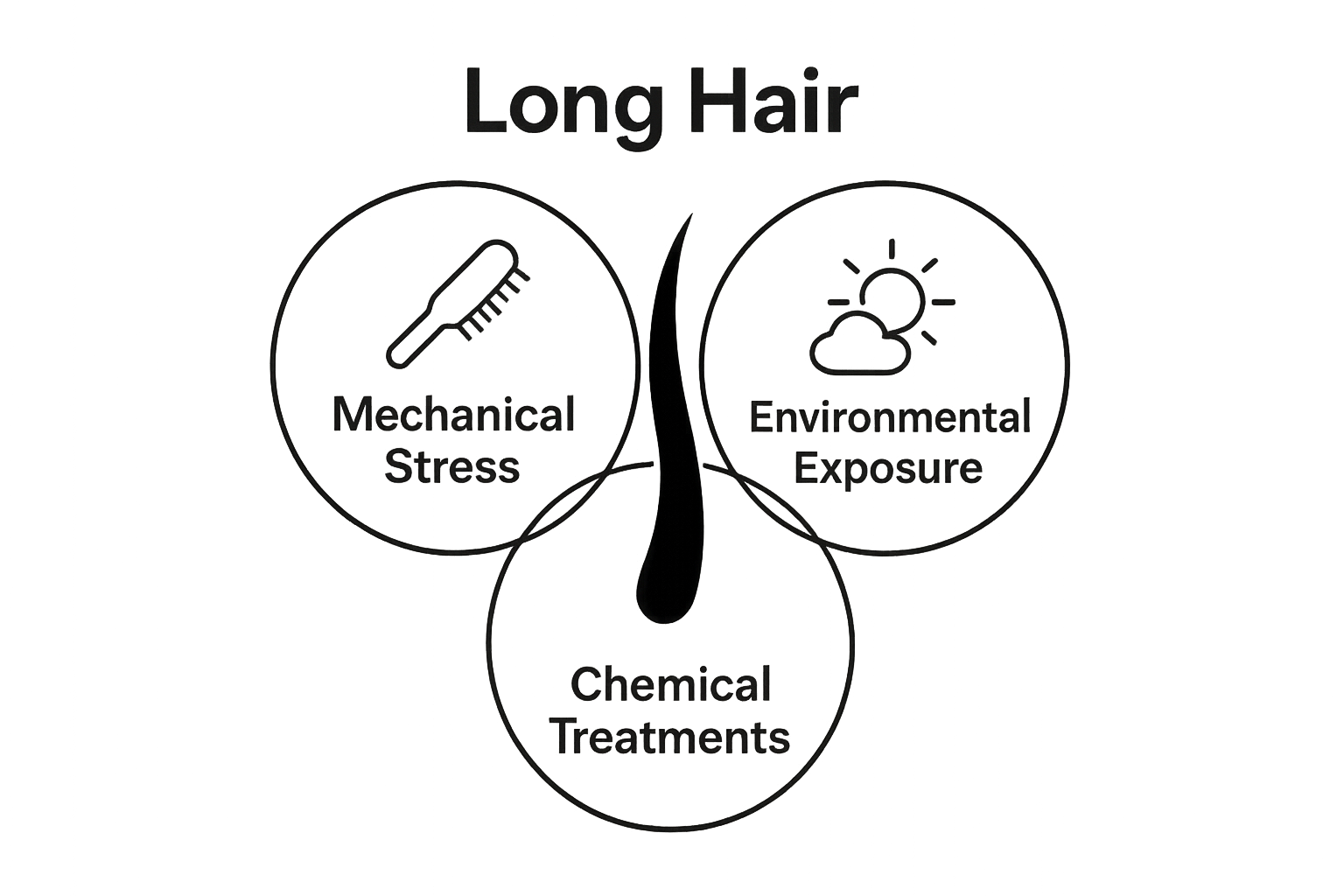
Tailoring Long Hair Care to Your Unique Needs
Individualized hair care represents a sophisticated approach to maintaining long hair that transcends generic recommendations. Recognizing that each person’s hair possesses distinct characteristics allows for more precise, effective maintenance strategies that optimize hair health and appearance.
Identifying Individual Hair Characteristics
Successful long hair care begins with comprehensive hair and scalp assessment. According to research in the International Journal of Trichology, personalized hair care requires understanding multiple intrinsic factors that influence hair condition and maintenance requirements:
- Hair texture and diameter
- Scalp moisture and oil production
- Genetic predispositions
- Lifestyle and environmental exposures
- Nutritional and hormonal influences
These individual variables create a unique profile that demands tailored approaches rather than universal solutions. Recognizing personal hair dynamics enables more strategic and effective maintenance protocols.
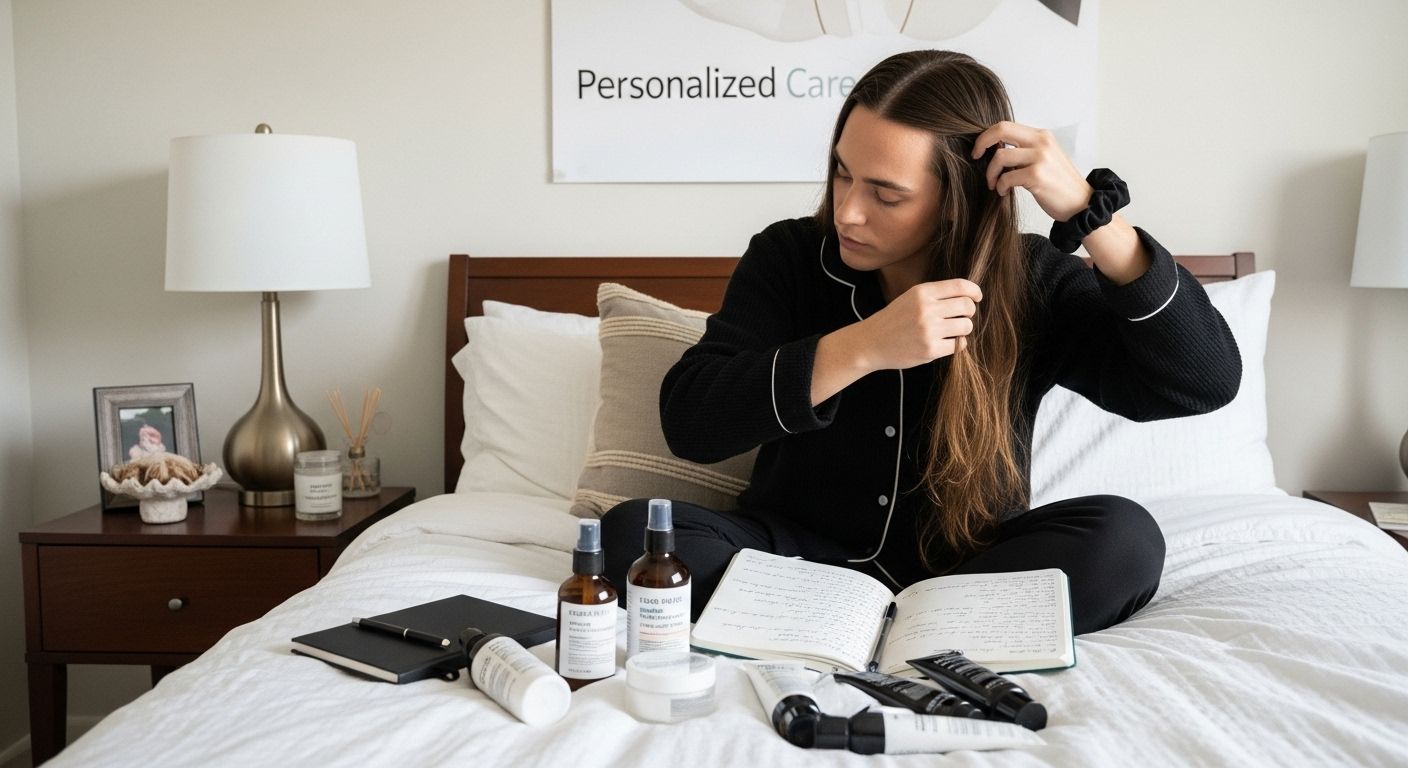
Developing Personalized Care Strategies
Customizing hair care involves creating a holistic approach that addresses individual needs while maintaining overall hair health. Effective personalization encompasses multiple intervention levels, including:
- Selecting appropriate cleansing and conditioning products
- Designing specific styling techniques
- Implementing protective measures aligned with personal hair characteristics
- Adjusting nutritional intake to support hair health
- Creating maintenance routines that respect individual hair vulnerabilities
The ultimate goal of personalized long hair care is developing a comprehensive strategy that harmonizes scientific understanding with individual physiological needs, ensuring optimal hair health and aesthetic expression.
Elevate Your Long Hair Care Journey with Personalized Salon Solutions
If you are struggling with breakage, tangles, or the frustration of maintaining healthy long hair, you are not alone. This article uncovered how mechanical stress, environmental exposure, and individual hair structure can make long hair care a real challenge. The key is not just knowing what your hair needs but finding precise, expert guidance tailored to your unique hair type—something only true professionals can deliver.
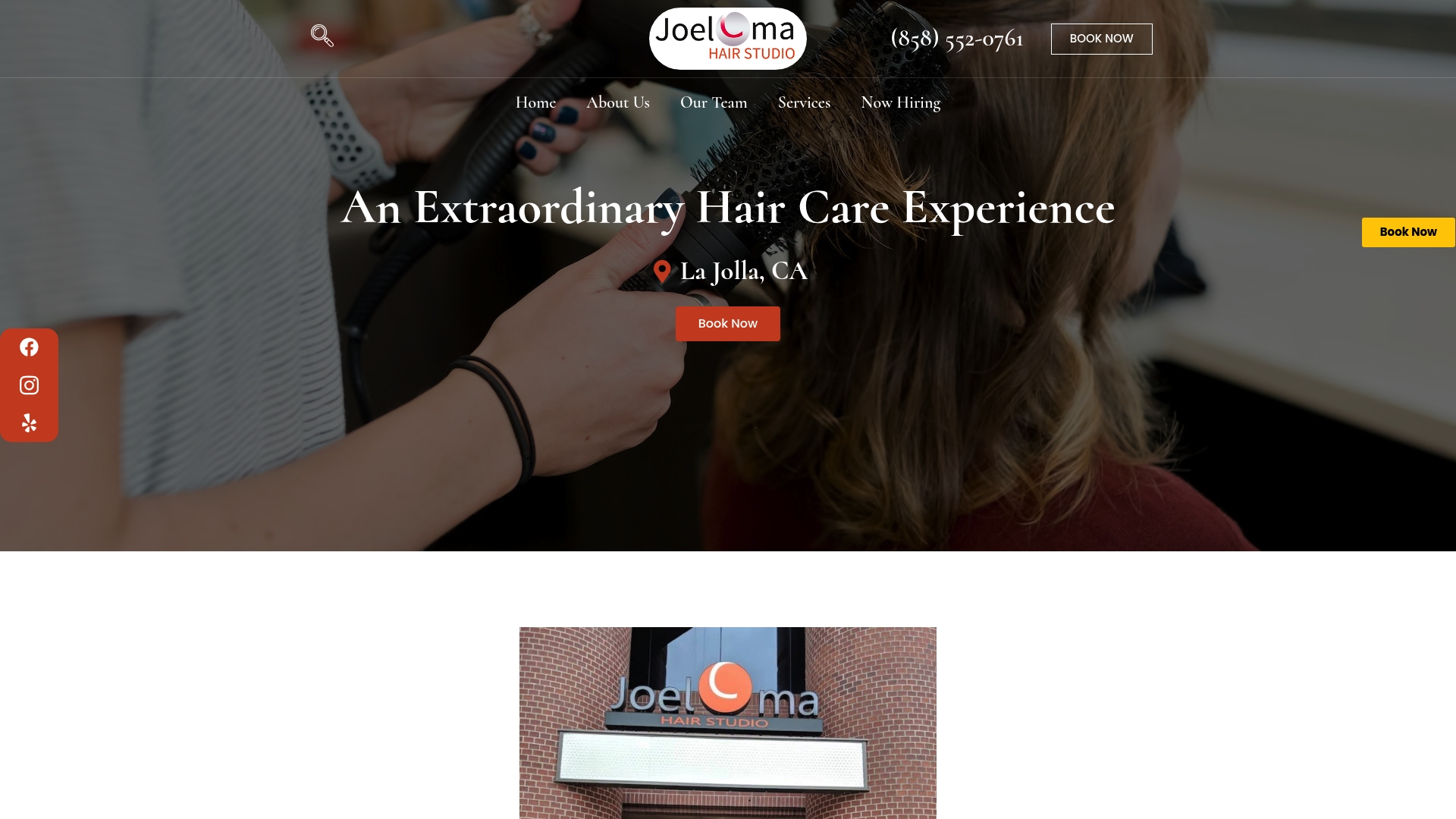
Take your long hair goals further at Joel C Ma Hair Studio, where our team specializes in personalized treatments and creative solutions for every hair concern. Ready to say goodbye to split ends and dull strands? Book your consultation through our studio homepage and explore our full range of premium hair services. Discover how expert artistry and advanced techniques can unlock your healthiest, strongest, and most beautiful long hair. Reserve your spot now for the exceptional care your hair deserves.
Frequently Asked Questions
How can I prevent damage to my long hair?
To prevent damage to long hair, minimize mechanical stress by using a wide-toothed comb, avoid excessive heat styling, and consider protective hairstyles. Additionally, using conditioner regularly and maintaining proper hydration can help protect the hair shafts.
What are the best practices for washing long hair?
When washing long hair, use a sulfate-free shampoo and conditioner suitable for your hair type. It’s advisable to wash your hair less frequently to retain natural oils and avoid using hot water, as this can strip moisture from the hair.
How can I maintain the moisture balance in long hair?
Maintaining moisture balance in long hair can be achieved through regular deep conditioning treatments, using leave-in conditioners, and hydrating hair oils. Drinking plenty of water and consuming a balanced diet also contributes to overall hair health.
What should I look for in hair care products for long hair?
When choosing hair care products for long hair, look for ingredients that promote hydration and strength, such as keratin, vitamins, and natural oils. Avoid products with harsh chemicals, sulfates, or alcohol, which can dry out and damage hair.


